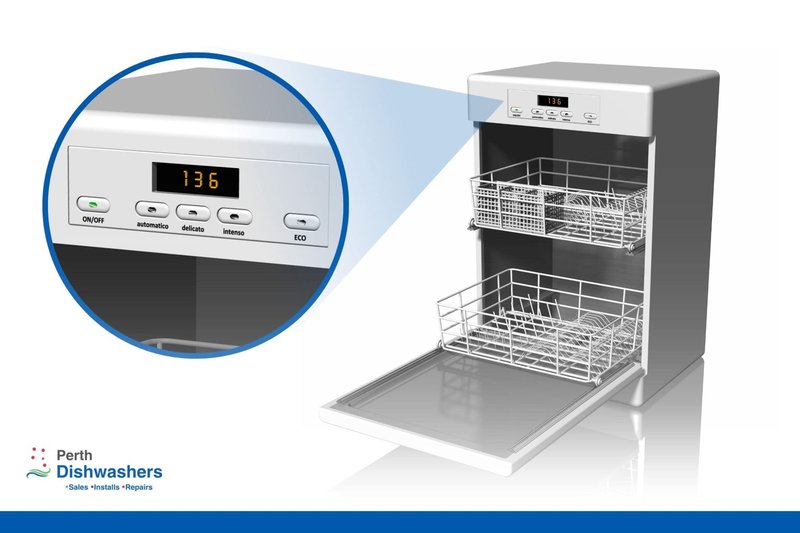
Error Code E1 on a KitchenAid dishwasher generally indicates a problem with water temperature. To put it simply, your dishwasher is expecting the water to be a certain temperature to ensure optimal cleaning and sanitization, and when it’s not, the E1 error pops up. Think of it like trying to bake cookies in a cold oven — you need the right heat to get the desired results. If the water isn’t hot enough, your dishwasher feels the same way about getting dishes completely clean.
Understanding the Importance of the Right Water Temperature
Water temperature plays a crucial role in a dishwasher’s cleaning process. If you’ve ever washed dishes by hand, you know that hot water helps dissolve grease and food particles. In a dishwasher, it’s even more important, as the appliance relies on very hot water to sanitize dishes, break down detergent properly, and leave everything sparkling clean.
When your dishwasher signals an E1 error, it’s essentially like waving a red flag that the water isn’t meeting the minimum temperature required. Typically, dishwashers need water that’s at least 120°F (about 49°C) to function correctly. If the water temperature is lower, it affects the cleaning effectiveness. Imagine trying to dissolve sugar in cold water — it just doesn’t work as well as when the water is warm.
Here’s the deal: for the dishwasher to complete its cycle effectively, it needs the right conditions, much like how a plant needs sunlight, water, and soil. Without hot water, the detergent can’t activate properly, and the sterilization process isn’t as effective. That’s why this error code should be addressed promptly to maintain your dishwasher’s efficiency and ensure your dishes come out spotless.
Common Causes of the E1 Error Code
You might be asking, “What causes the water not to reach the right temperature?” Good question! Multiple factors could lead to an E1 error. One common cause is a malfunctioning heating element. The heating element in your dishwasher works like the heating coil in an electric oven. If it’s faulty, the water simply won’t get hot enough.
Another potential culprit could be the inlet water temperature. Your dishwasher relies on your home’s hot water supply, so if the water heater is set too low or isn’t functioning correctly, the appliance can’t do its job. Picture trying to wash laundry in cold water when your washer’s set to hot — it won’t clean well, and your dishes face a similar fate.
Finally, a faulty thermostat could be to blame. The thermostat is like the nervous system of your dishwasher, sensing and controlling the water temperature. If it’s on the fritz, it may misreport the temperature levels, triggering the E1 code even when everything else is working fine.
Troubleshooting and Fixing the E1 Error Code
Now that we’ve identified what could be going wrong, let’s talk about solutions. First, check your water heater settings. Make sure it’s set to at least 120°F. If your water heater is older or not working properly, it might be time to consider a repair or replacement.
Next, if the water heater isn’t the problem, inspect the heating element in your dishwasher. This part can often be visually checked for damage or discoloration, indicating it needs replacing. Sometimes, just cleaning off any debris can help, much like removing blockages from a clogged sink to let the water flow again.
Lastly, if these steps don’t resolve the issue, you might need to call in a professional to look at the thermostat or other internal parts. While it’s tempting to fix everything yourself, some things are best left to the experts to prevent further damage. Remember, a small repair now can prevent a larger, more costly one in the future.
Preventative Measures and Final Thoughts
To prevent the E1 error from happening again, routine maintenance is key. Consider running hot water in the sink before starting your dishwasher to ensure hot water is readily available. Regularly inspect hoses and connections for leaks which could affect performance. It’s like giving your dishwasher a little TLC, just like you would your car or other appliances.
In conclusion, while the KitchenAid dishwasher E1 error code might seem daunting at first, it’s usually straightforward to handle with a few checks and maintenance steps. By understanding and addressing the root causes, you can ensure your dishwasher continues to provide the gleaming results you expect. So next time you hear that beep, you’ll know just what to do!